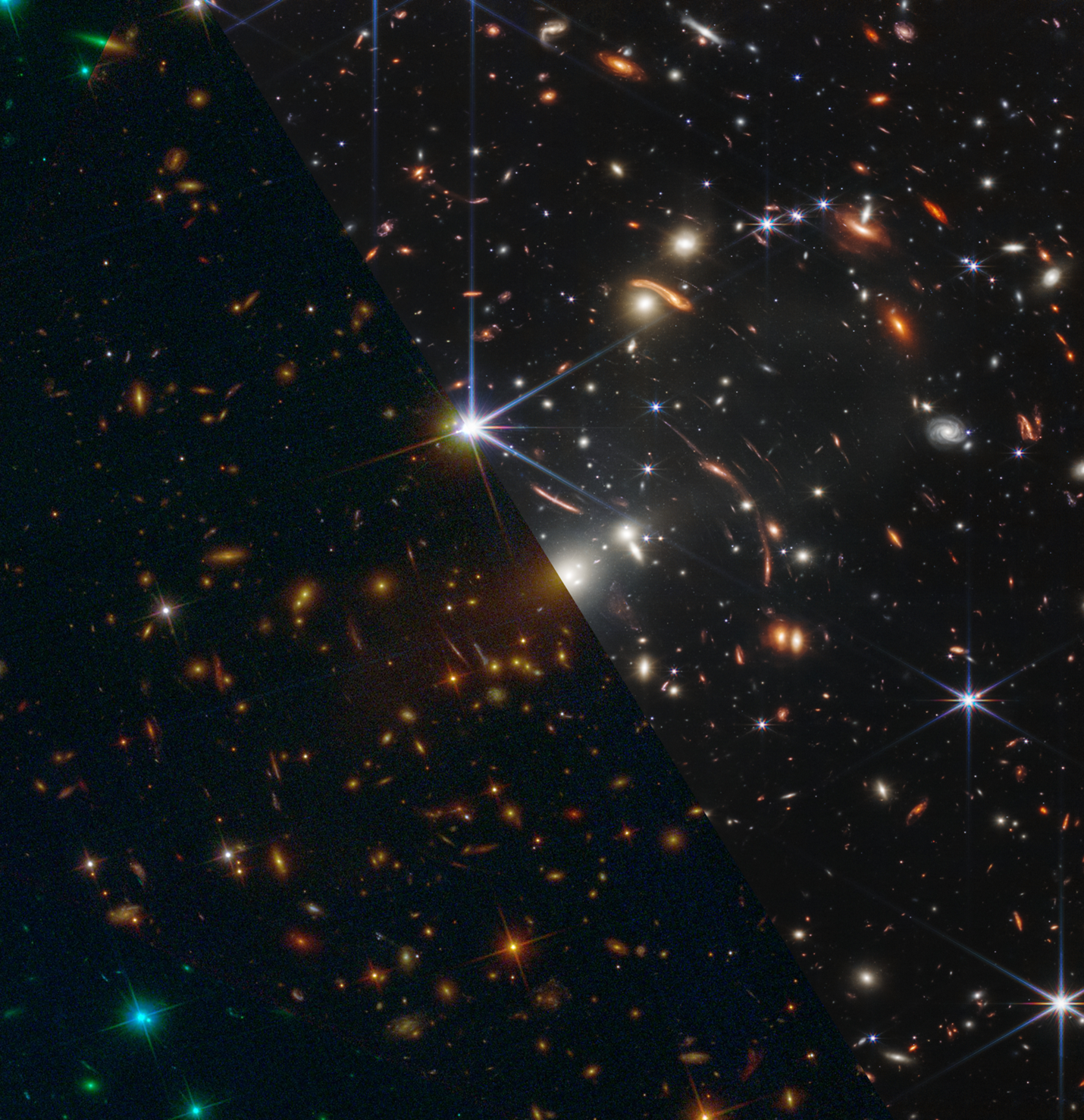The missing galaxies in the early universe
DOI:
https://doi.org/10.25250/thescbr.brk709Keywords:
early universe, James Webb Space Telescope, Galaxy formationAbstract
Faraway galaxies are hard to detect, not only because they appear fainter, but also because the light that we detect from them is infrared. Many of these objects were invisible to us until the James Webb Space Telescope was launched. With this new telescope, scientists discovered 33 new galaxies in the early universe. This opens the door for James Webb to find many new galaxies.
Original article reference
Barrufet, L., Oesch, P. A., Weibel, A., Brammer, G., Bezanson, R., Bouwens, R., Fudamoto, Y., Gonzalez, V., Gottumukkala, R., Illingworth, G., Heintz, K. E., Holden, B., Labbe, I., Magee, D., Naidu, R. P., Nelson, E., Stefanon, M., Smit, R., van Dokkum, P., … Williams, C. C. (2023). Unveiling the nature of infrared bright, optically dark galaxies with early JWST data. Monthly Notices of the Royal Astronomical Society, 522(1), 449–456. https://doi.org/10.1093/mnras/stad947

Downloads
Published
Issue
Section
License
Some rights reserved 2023 Alba Covelo Paz

This work is licensed under a Creative Commons Attribution-ShareAlike 4.0 International License.



